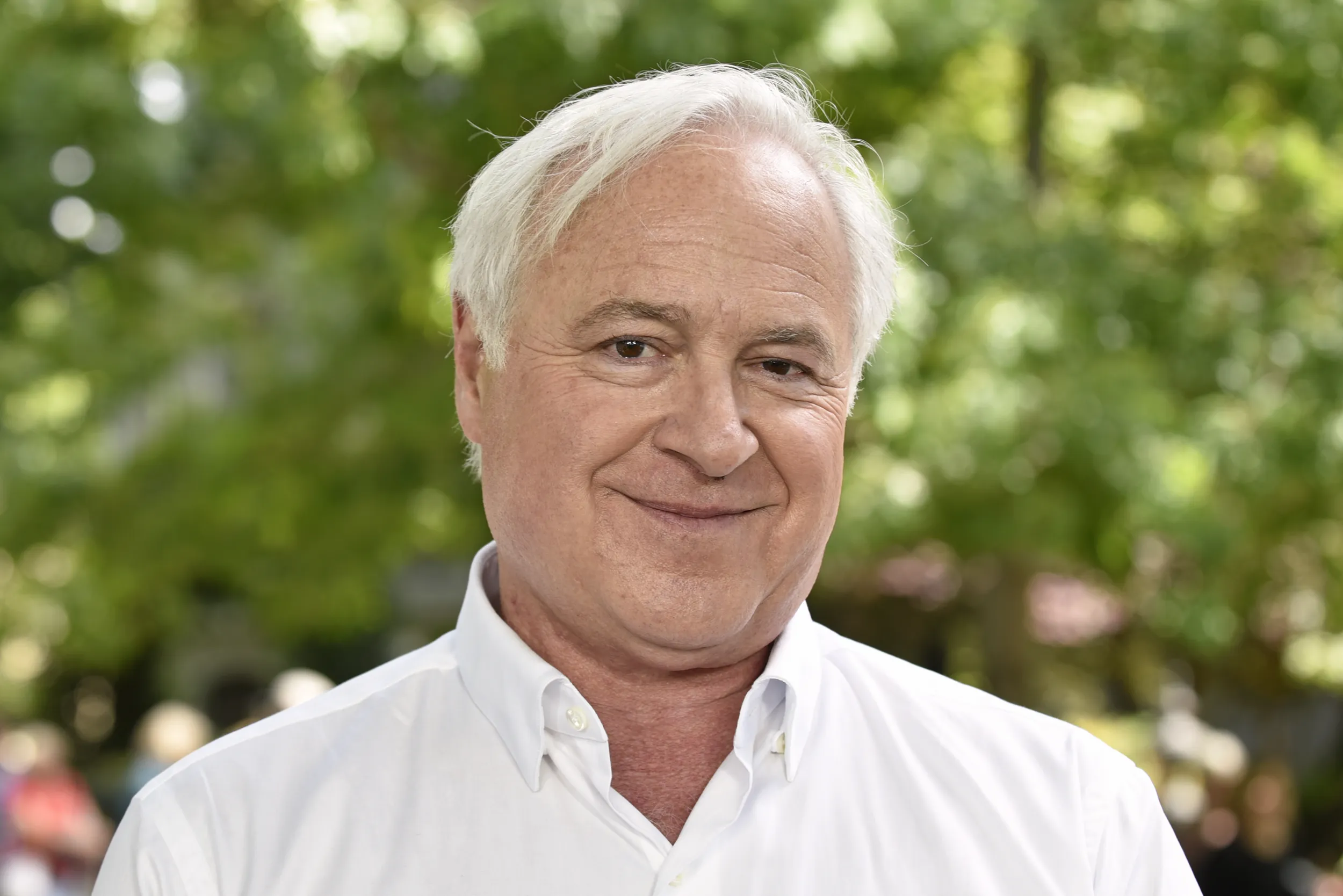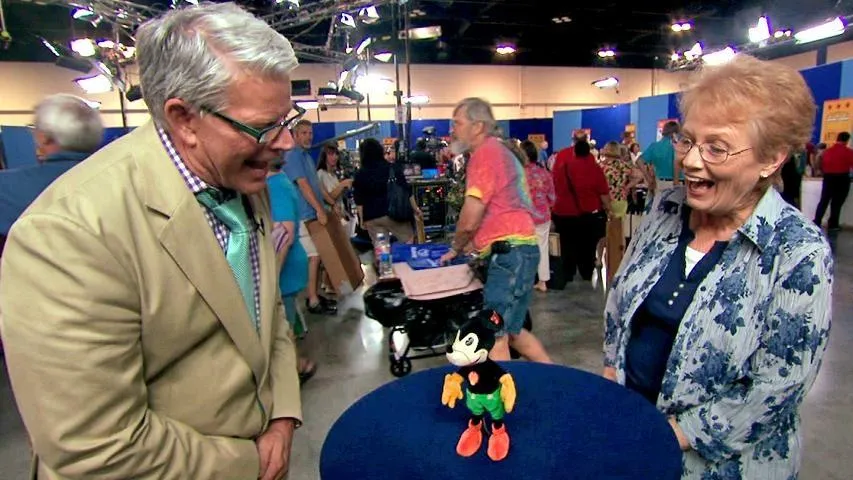APPRAISER: You got these from your father. Tell us about how that happened.
GUEST: Well, he and my mother had been dabbling collecting antiques, and when they died, some of the inheritance came down to me. And part of it was this Martin Brothers grotesque that was my dad's favorite piece of pottery that they had.
APPRAISER: The Brothers Martin ushered in the modern era of decorative ceramics in England. You can see the technique used here. This is really salt-glazed stoneware, and yet it was used in a very modern, sculptural way. And Robert Wallace Martin had studied as a sculptor, and he was the main designer for the Martin Brothers firm, who operated in and around London from around 1873 until about 1915. They're known for a lot of things. They made vases and they made tiles and they made bowls and pitchers. But the thing they're most known for are these sculptural birds, which are really tobacco jars, humidors. So you would put a sponge, a moist sponge, into the top and then fill the inside with tobacco. The double ones such as these tend to be a little later, after 1900, say between 1900 and 1910. I like these because I feel they have a conversation. Like right now these two guys are having a very intimate talk, and then they can completely ignore each other. They call them Wally Birds. And I think they call them Wally Birds because Robert Wallace Martin was the main sculptor who did them, and so maybe Wally after Wallace. They're well marked and hand sculpted. Each of these are signed, this one around the neck. It says, "R.W. Martin, Martin Bros." and then "Southall." The base is also signed on the back, "Martin Bros." and "Southall." So this one is particularly good, I think. Number one, it's a multiple. There aren't that many multiples out there. They tend to be single, larger birds. Number two, the colors are very good. Martinware can be very bland, lots of browns and creams. And this one has some blues and some pinks in it, also a sign of a later bird, but I think an improvement in their design. Condition of this piece is excellent. I saw that it's flawless. The one strike against it, you see these holes over here?
GUEST: Yeah, I saw those, yeah.
APPRAISER: This was meant to be screwed to a wooden base.
GUEST: Oh, okay.
APPRAISER: Have you had this appraised before?
GUEST: Yeah, about 15 years ago, and they said $7,000.
APPRAISER: Not an unfair price 15 years ago. I think today at auction a bird like this would sell for somewhere between $15,000 and $20,000.
GUEST: Wow, you're kidding? Holy cow.
APPRAISER: With the wooden base, I would probably add another $2,500 to the price.











